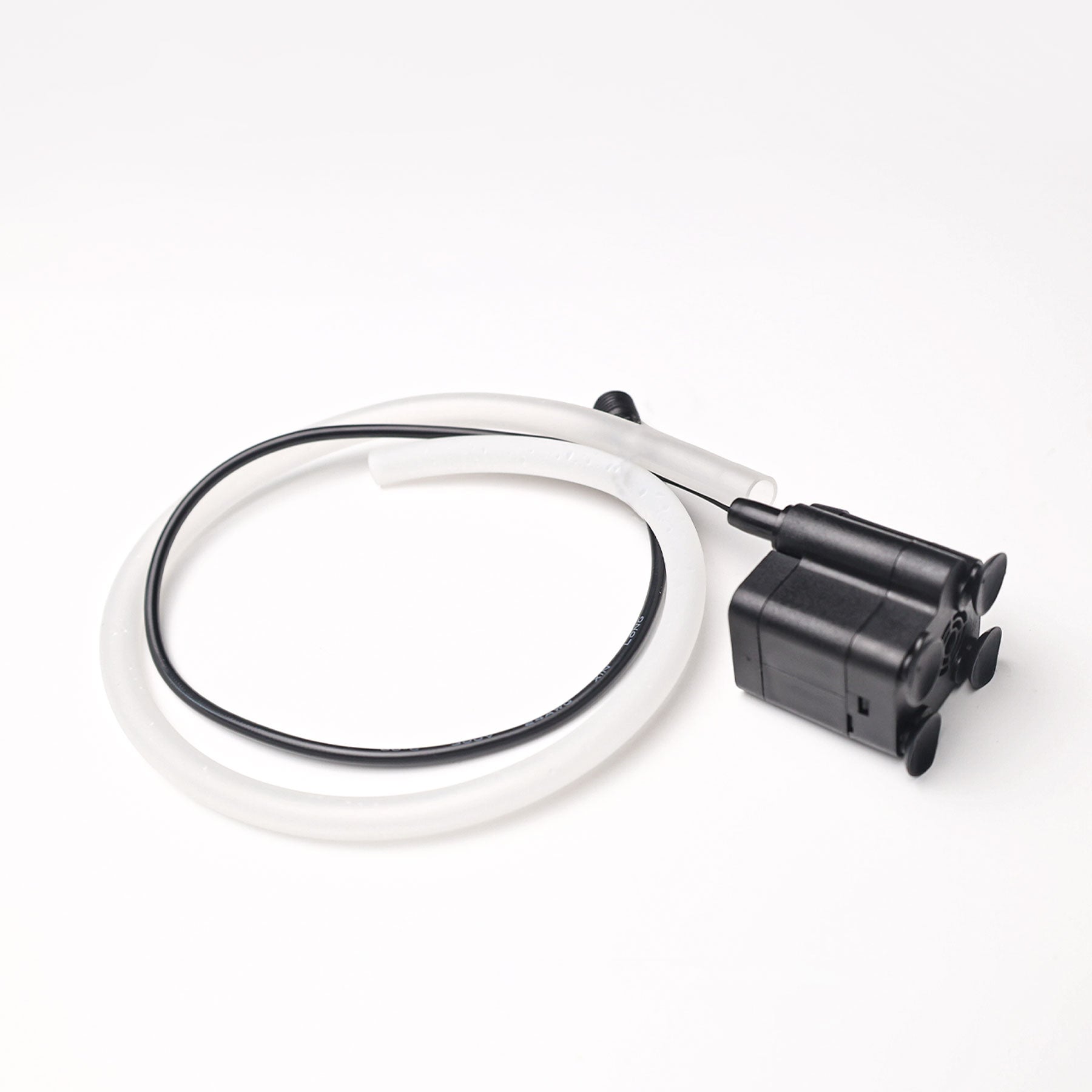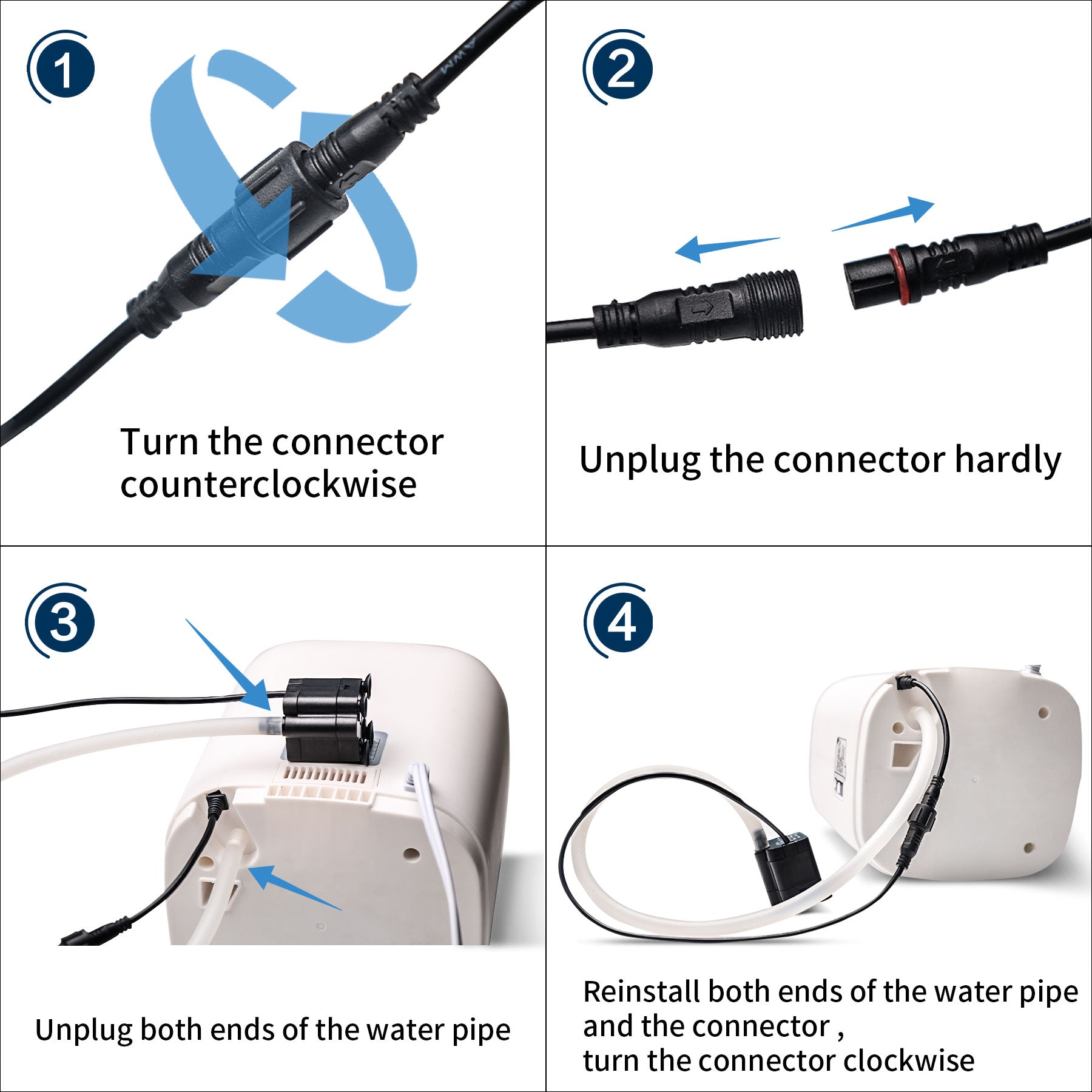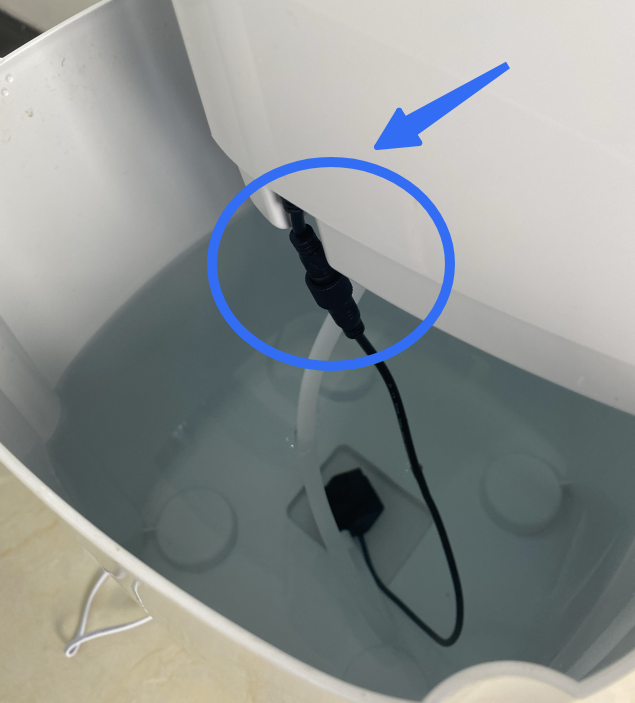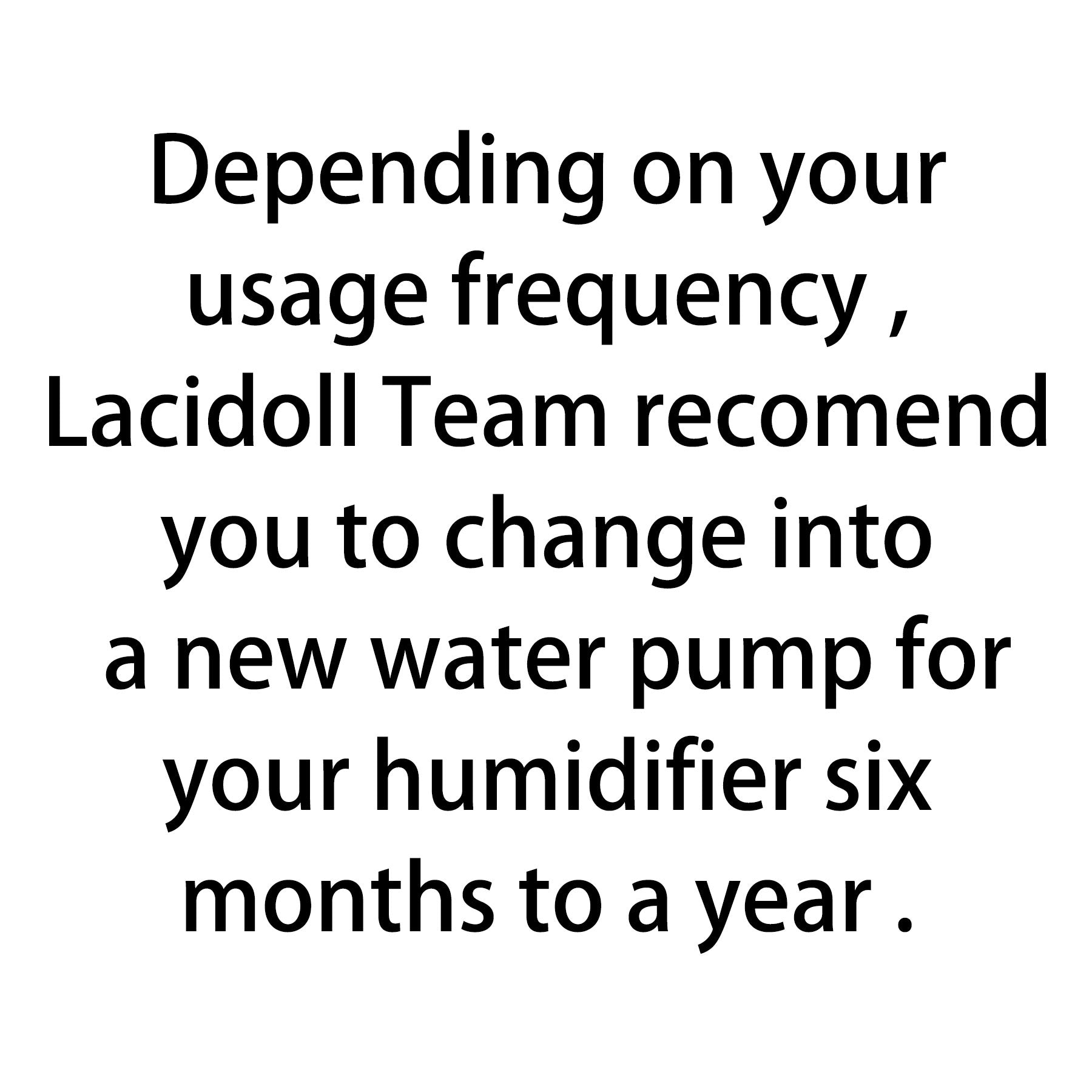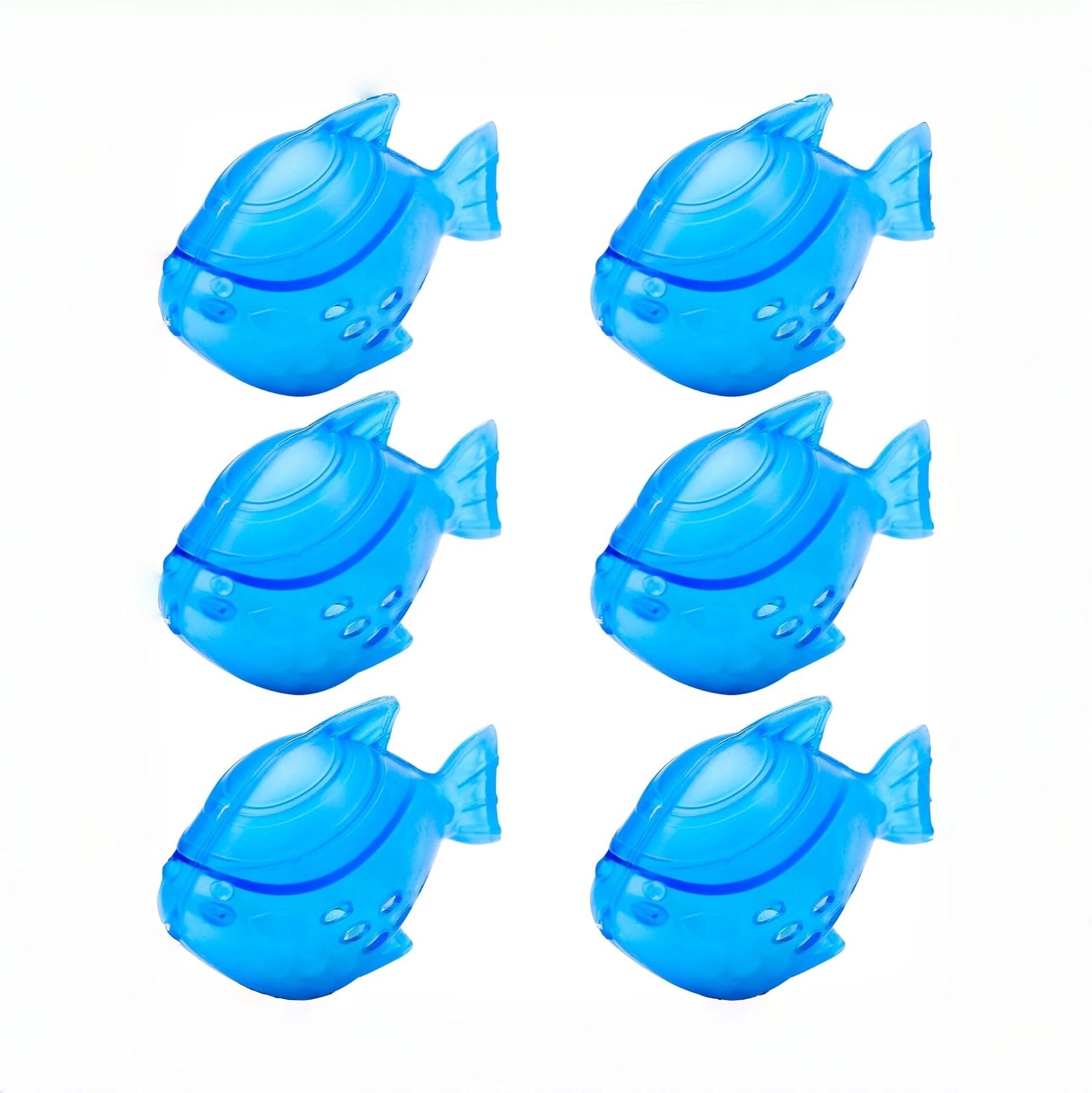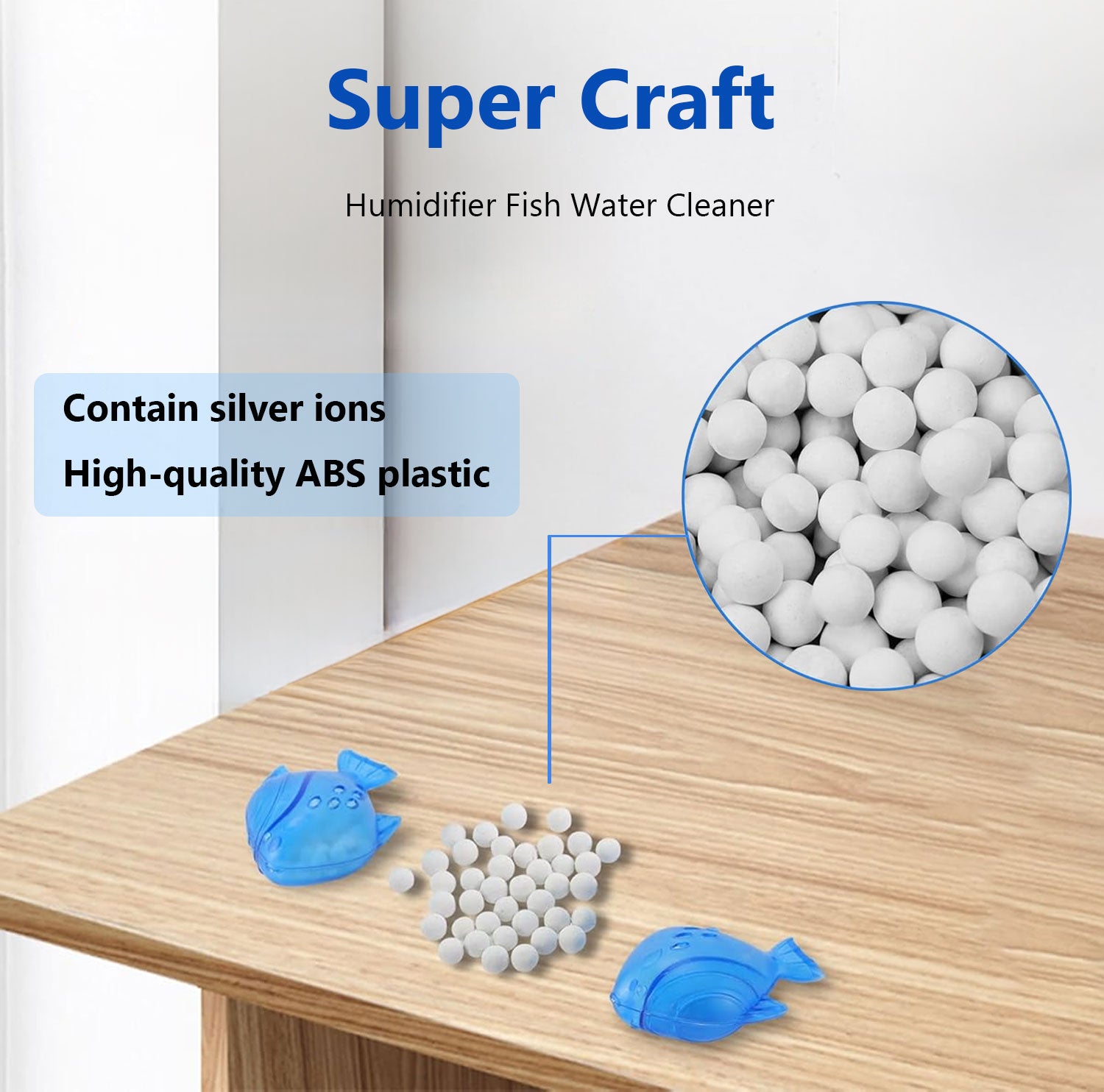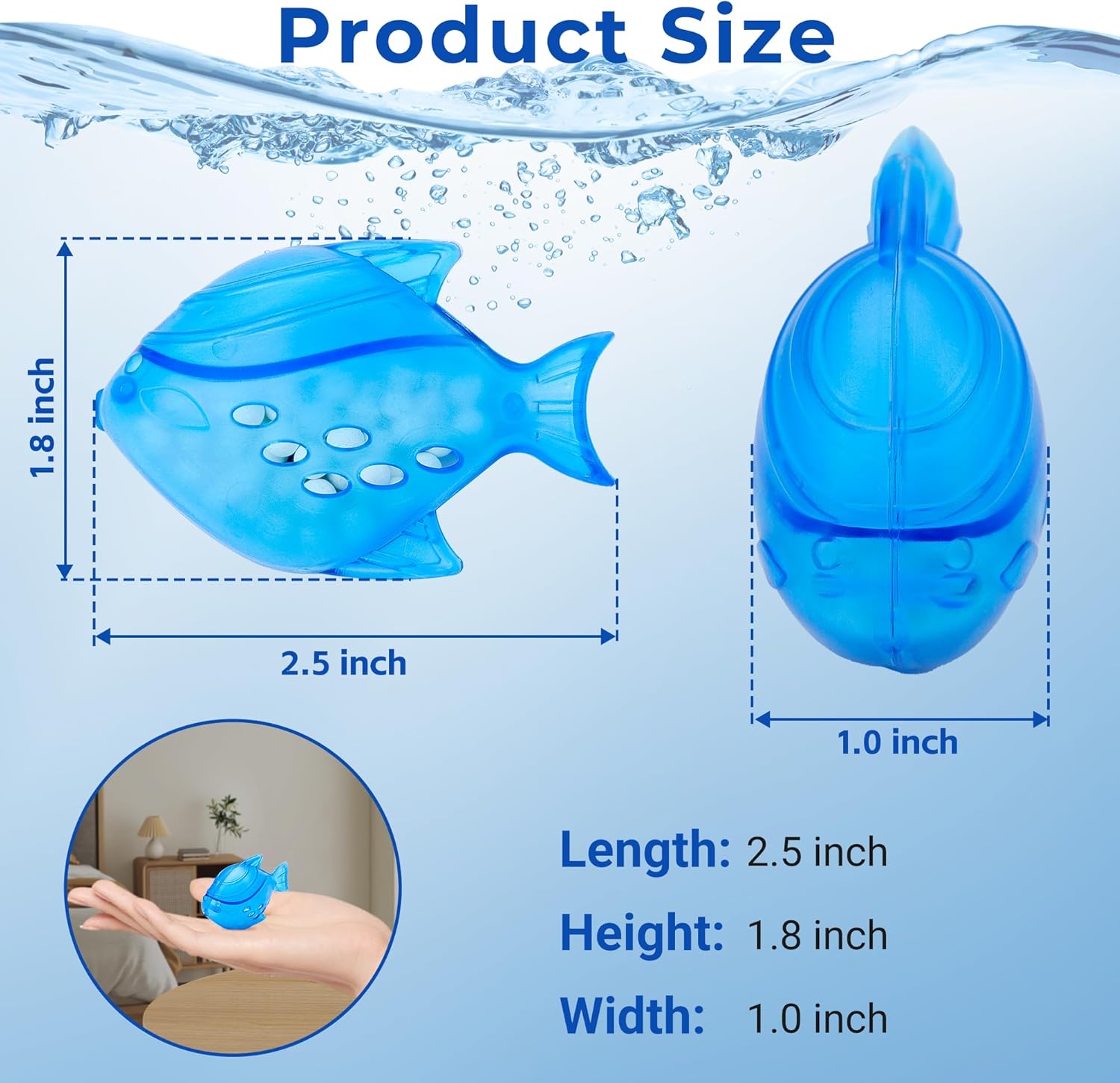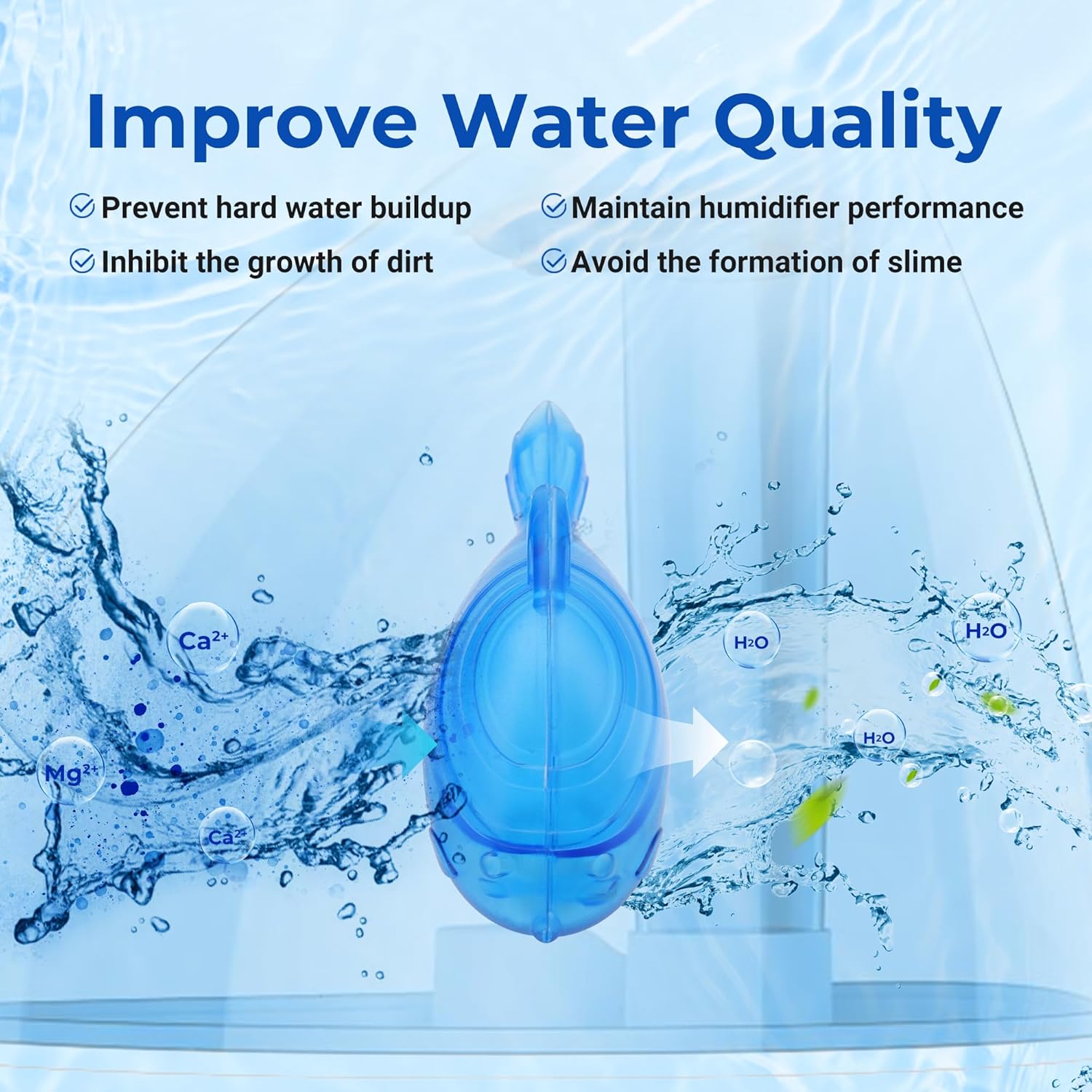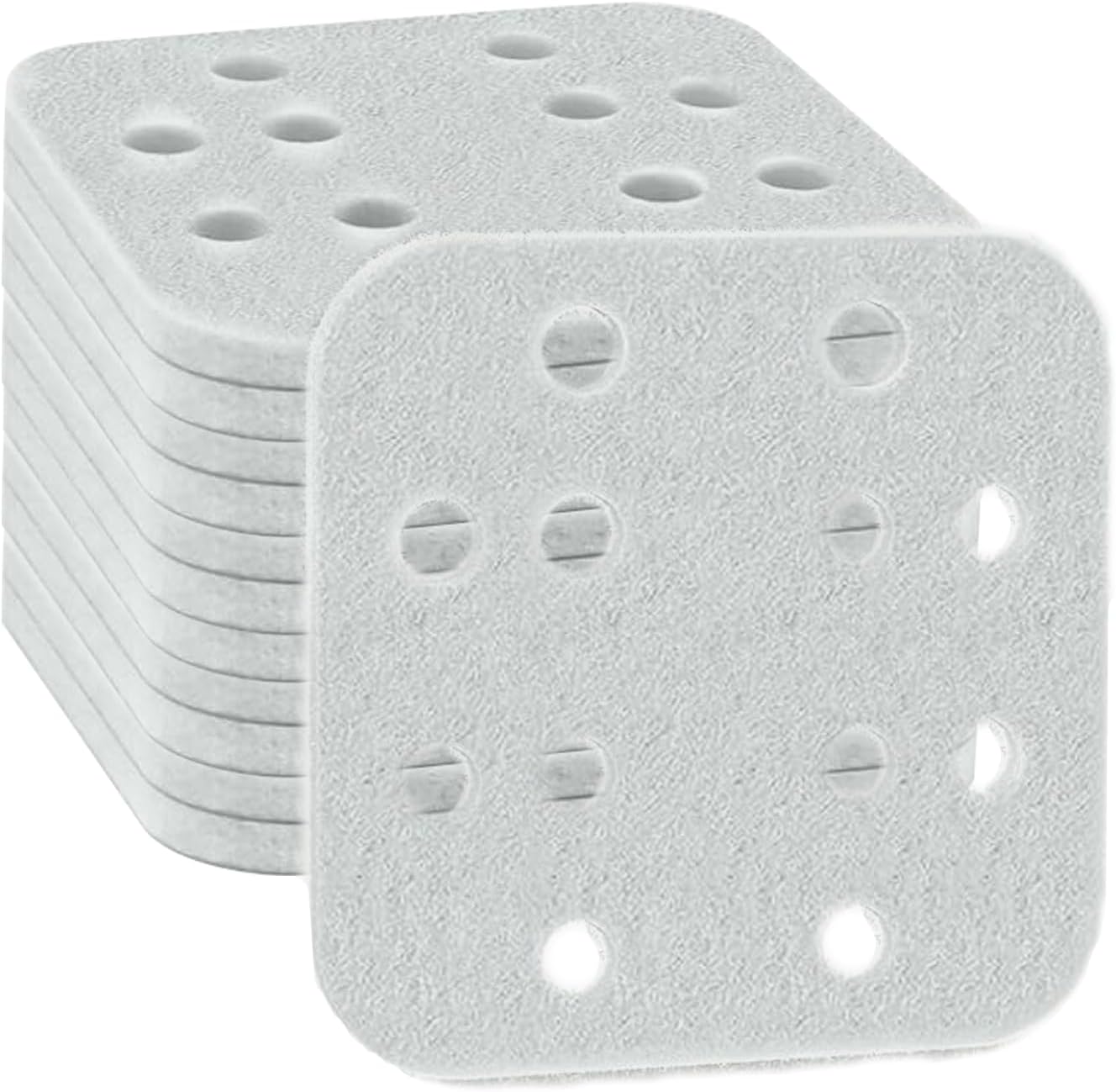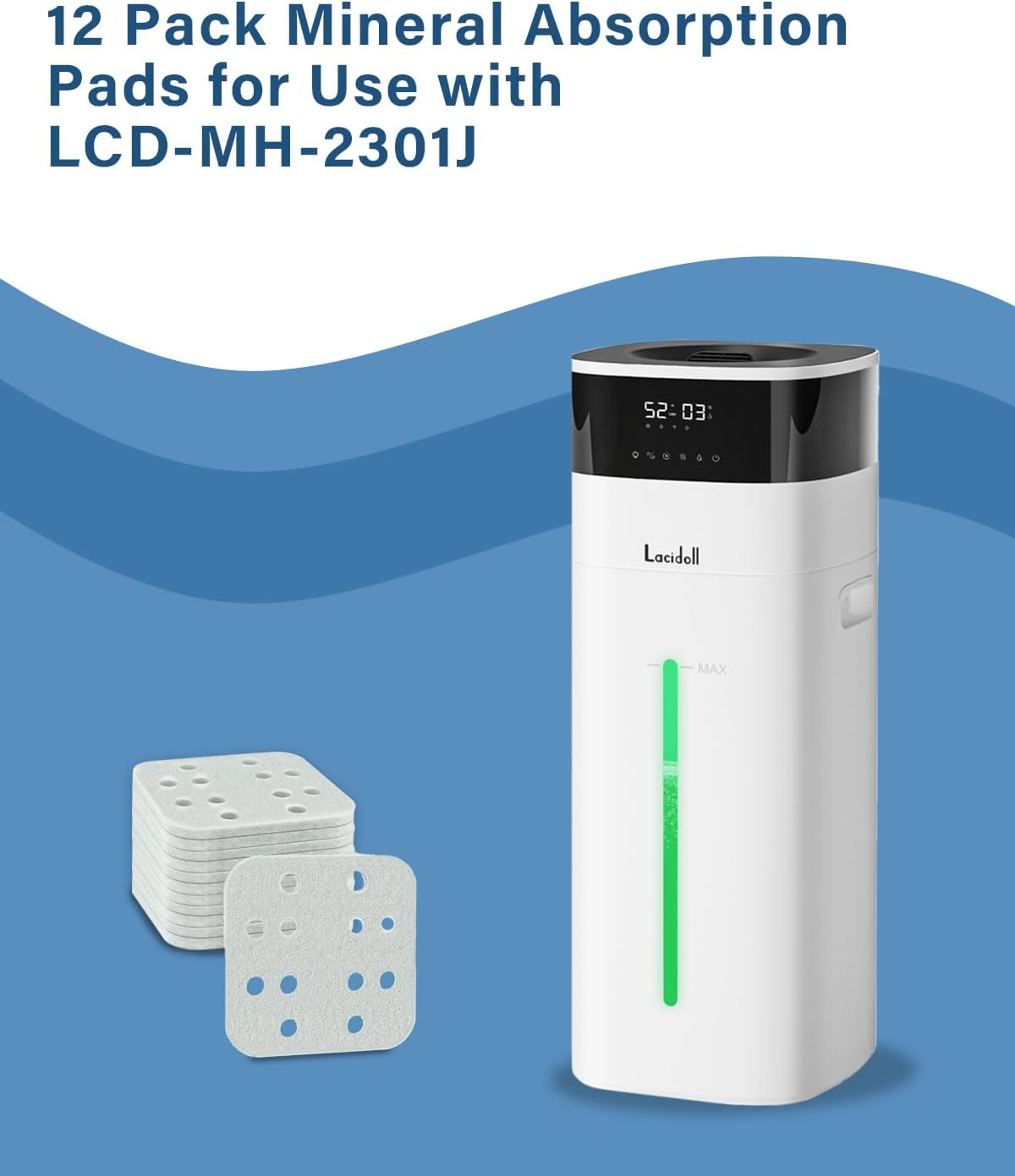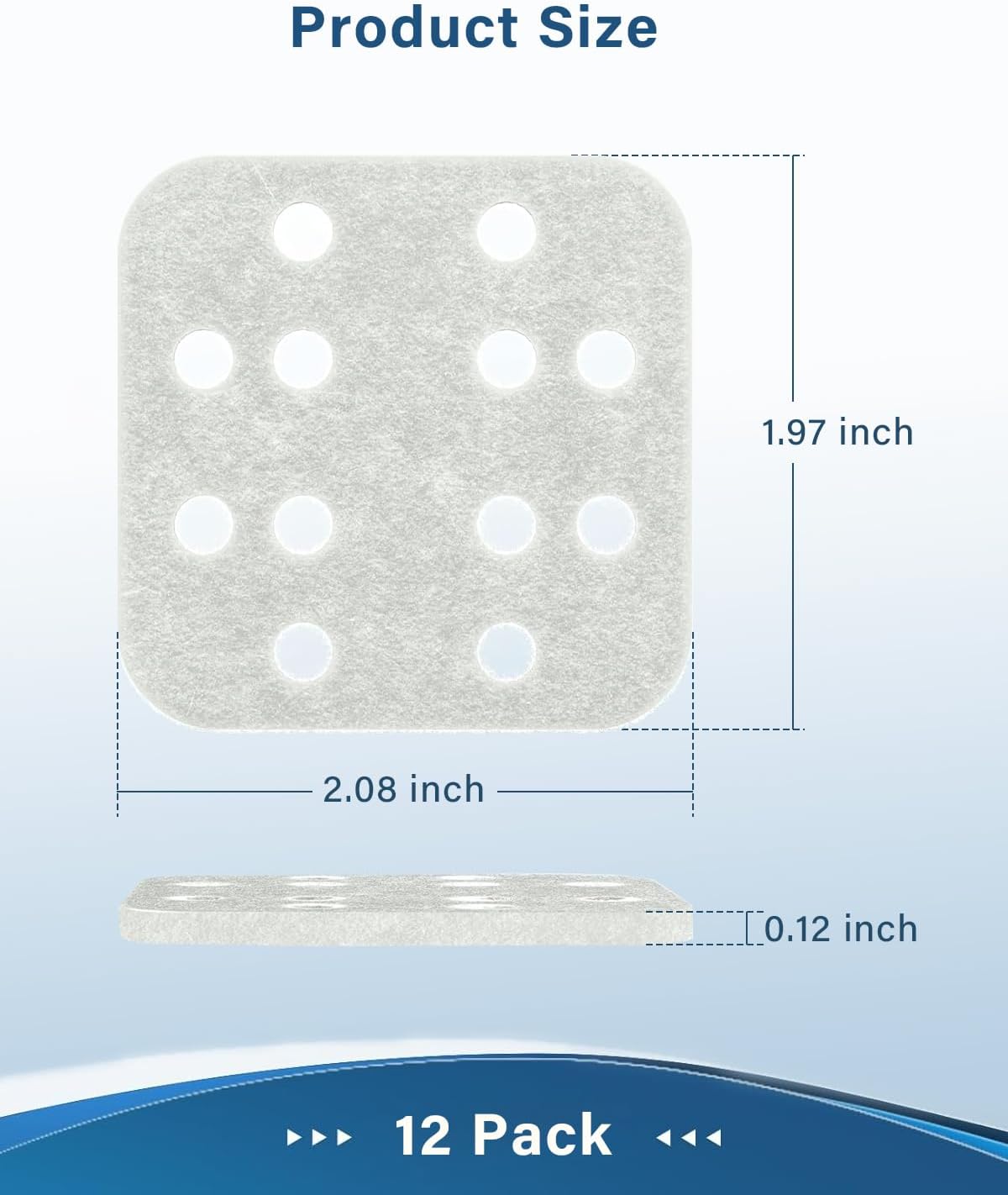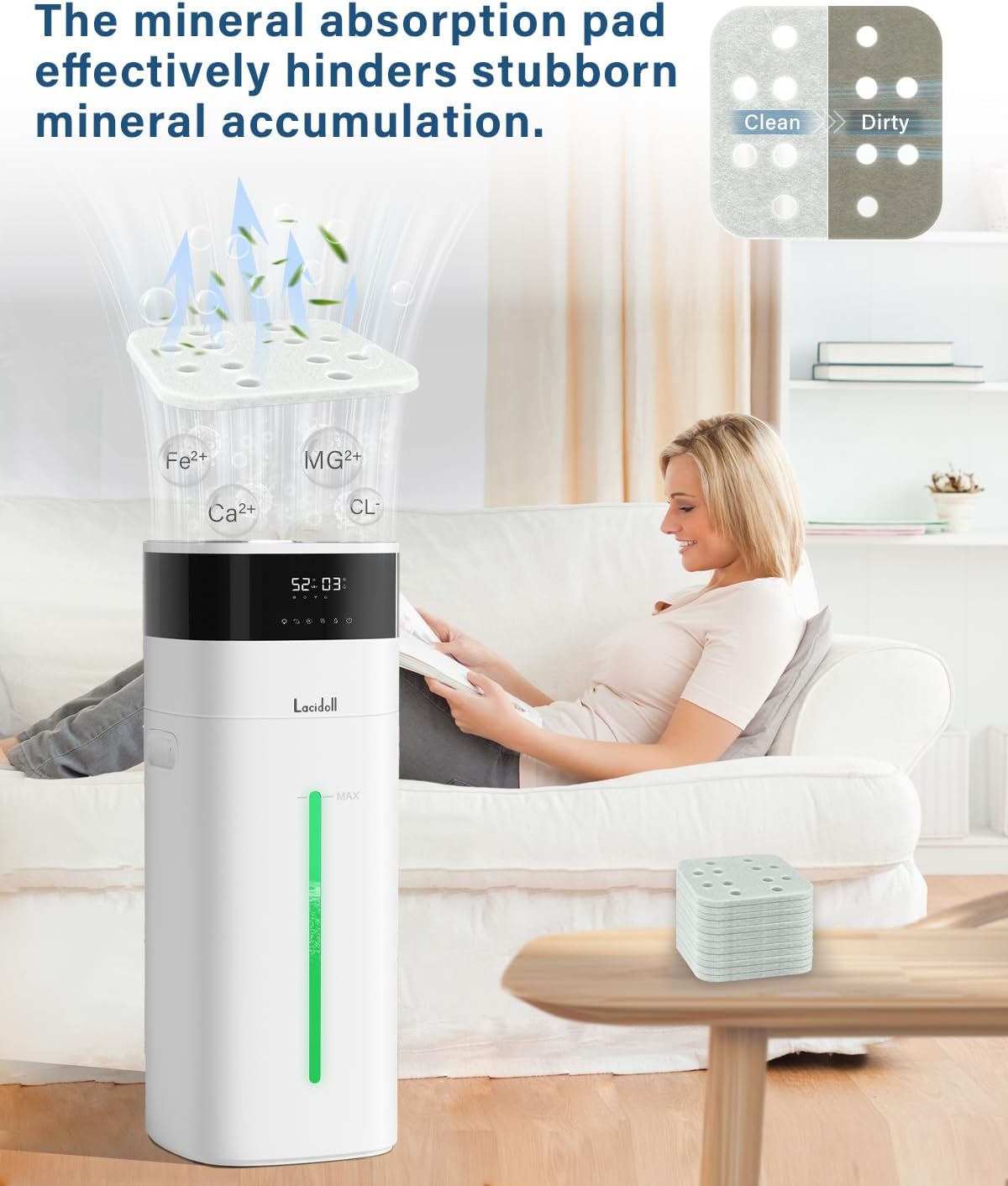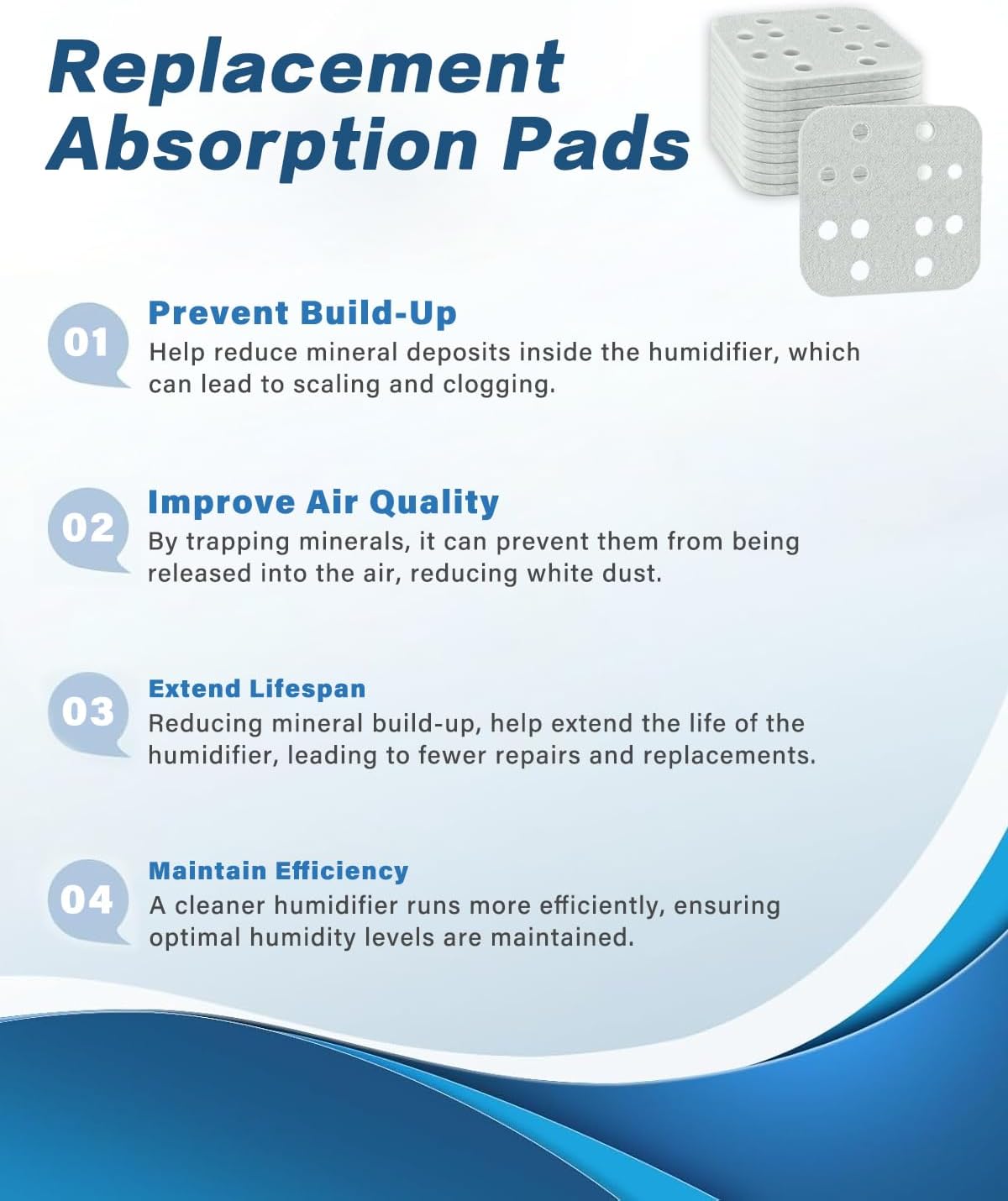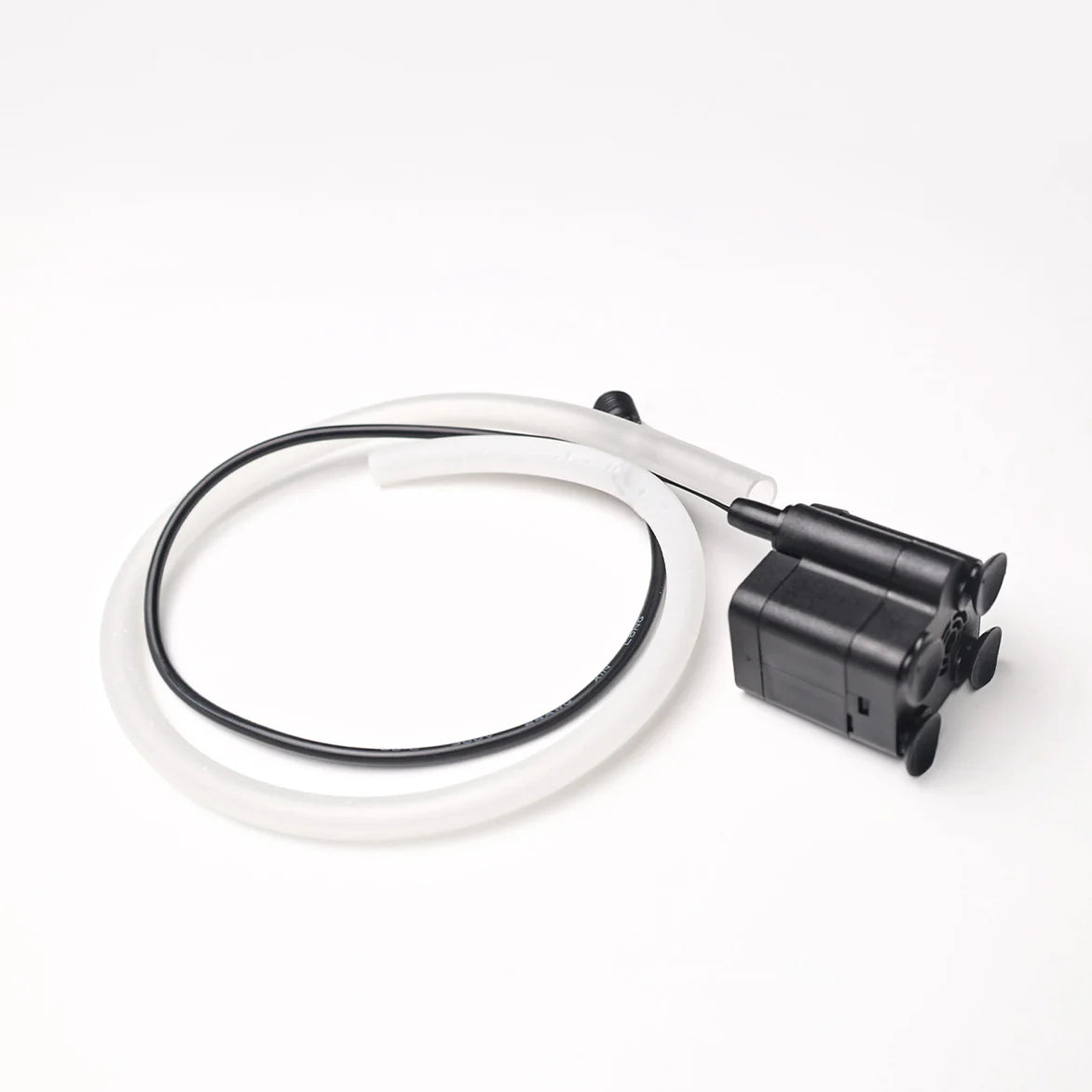Allergy sufferers often face the challenge of dry air, along with allergens like dust mites and pollen floating around, making symptoms worse. Fortunately, a humidifier can be a game-changer for easing these discomforts and improving your environment. Let’s take a look at how a humidifier can become your ally in managing allergies.
How Does Humidified Air Help Allergy Sufferers?
-
Reduces Dust Mites and Allergens in the Air Dust mites are a common trigger for allergies. Dry air makes it easier for these tiny invaders to float around and get inhaled, triggering allergic reactions. A humidifier helps increase the humidity in the air, allowing dust mites, pollen, and other allergens to settle, reducing their presence and alleviating allergy symptoms.
-
Soothes the Respiratory System Dry air can make the respiratory system more sensitive, worsening symptoms like nasal congestion, sore throat, and coughing. A humidifier adds moisture to the air, helping to ease these discomforts and make breathing easier.
-
Improves Skin Hydration Allergy sufferers often have more sensitive skin, and dry air can worsen issues like itching and flaking. A humidifier helps maintain optimal moisture levels in the air, preventing your skin from becoming overly dry and providing relief from irritation.
Tips for Using a Humidifier
-
Choose the Right Size Humidifier Selecting the appropriate size humidifier for your space is crucial for allergy relief. Too small a unit in a large room may not be effective, while a large unit in a small space could over-humidify, creating other problems. Be sure to match the humidifier's capacity to the size of your room for the best results.
-
Clean Your Humidifier Regularly Regular cleaning is essential to prevent bacteria and mold growth inside the humidifier. Keeping your humidifier clean ensures it operates properly and doesn’t release harmful particles into the air, helping maintain air quality.
-
Avoid Over-Humidifying While moisture helps alleviate allergy symptoms, excessive humidity can lead to issues like mold growth. The ideal indoor humidity range is between 40%-60%, which will help with allergy relief while preventing the air from becoming too damp.
-
Combine with an Air Purifier A humidifier paired with an air purifier is the ultimate combination for allergy sufferers. While the humidifier maintains optimal moisture levels, the air purifier works to filter out allergens, providing a comprehensive solution to indoor air quality.
What to Look for in a Humidifier for Allergy Relief
-
Low Noise Operation Allergies can leave you feeling tired and irritable, so choosing a low-noise humidifier will ensure your device doesn’t interfere with your rest, creating a more peaceful environment.
-
Smart Humidity Control Some modern humidifiers come with smart humidity control that automatically adjusts based on the room’s humidity levels, ensuring the air stays at an optimal level without needing constant monitoring.
-
Easy-to-Clean and Hygienic Design Choosing a humidifier with an easy-to-clean design is essential, such as models with removable water tanks or antimicrobial materials. These features help minimize the growth of bacteria and mold, ensuring the mist remains fresh and healthy.
For allergy sufferers, a humidifier can be a powerful tool in reducing common symptoms and improving quality of life. By adding moisture to the air, it helps relieve respiratory discomfort, soothe dry skin, and minimize the spread of allergens. With the right humidifier and proper maintenance, you can create a healthier, more comfortable environment in your home.




